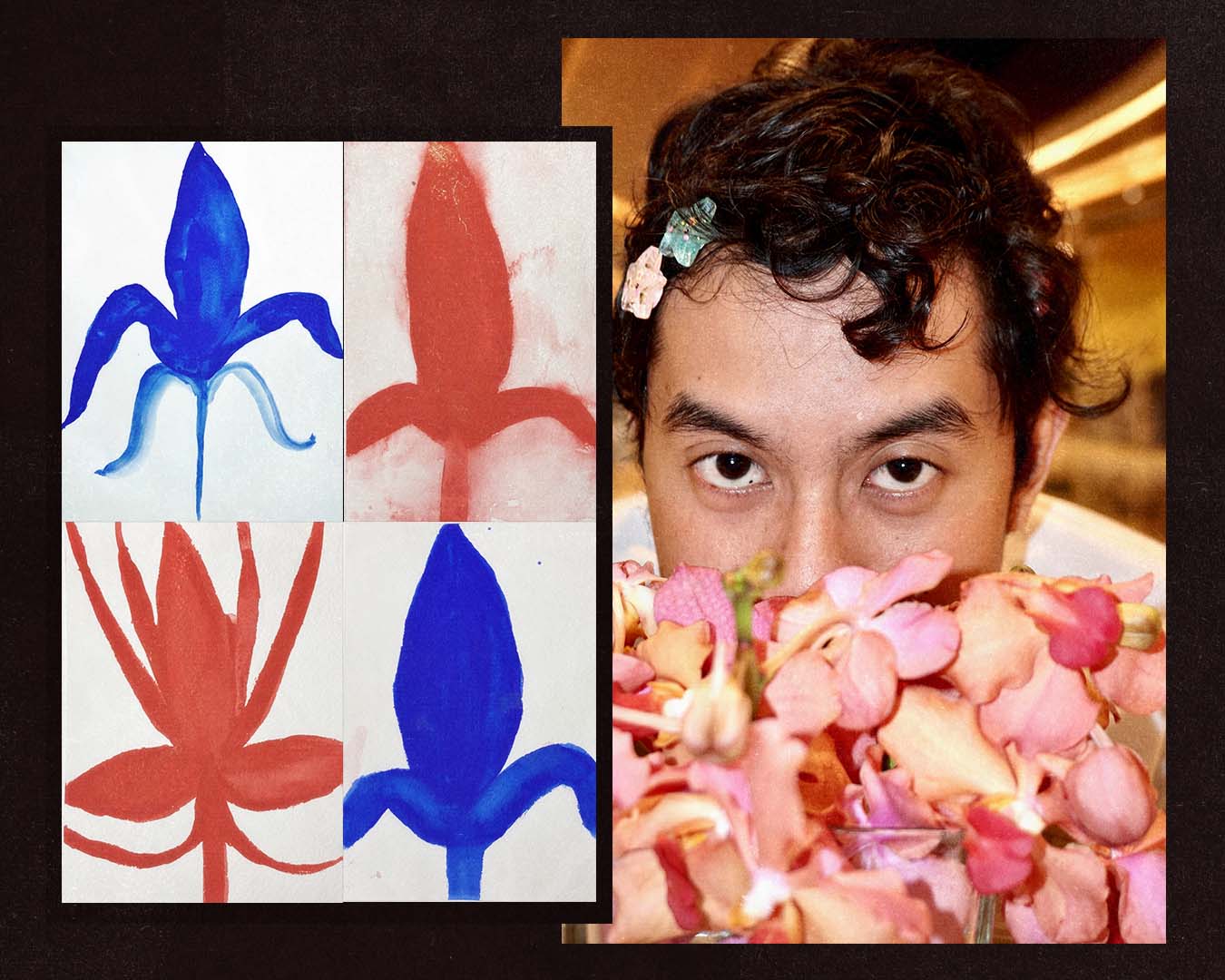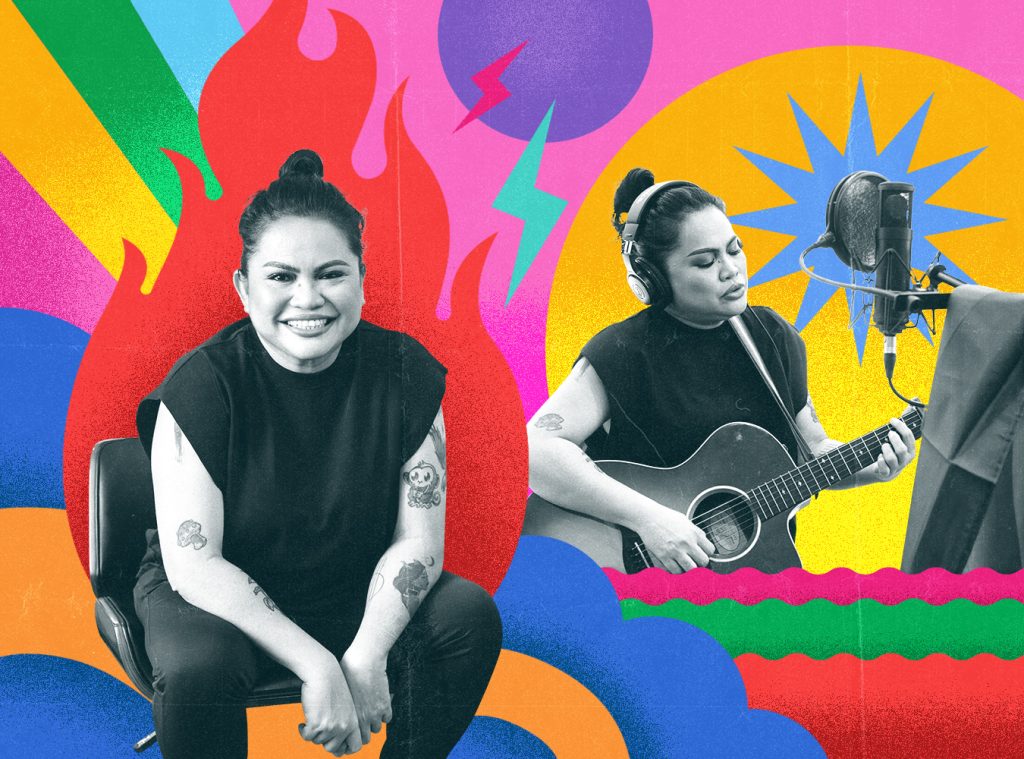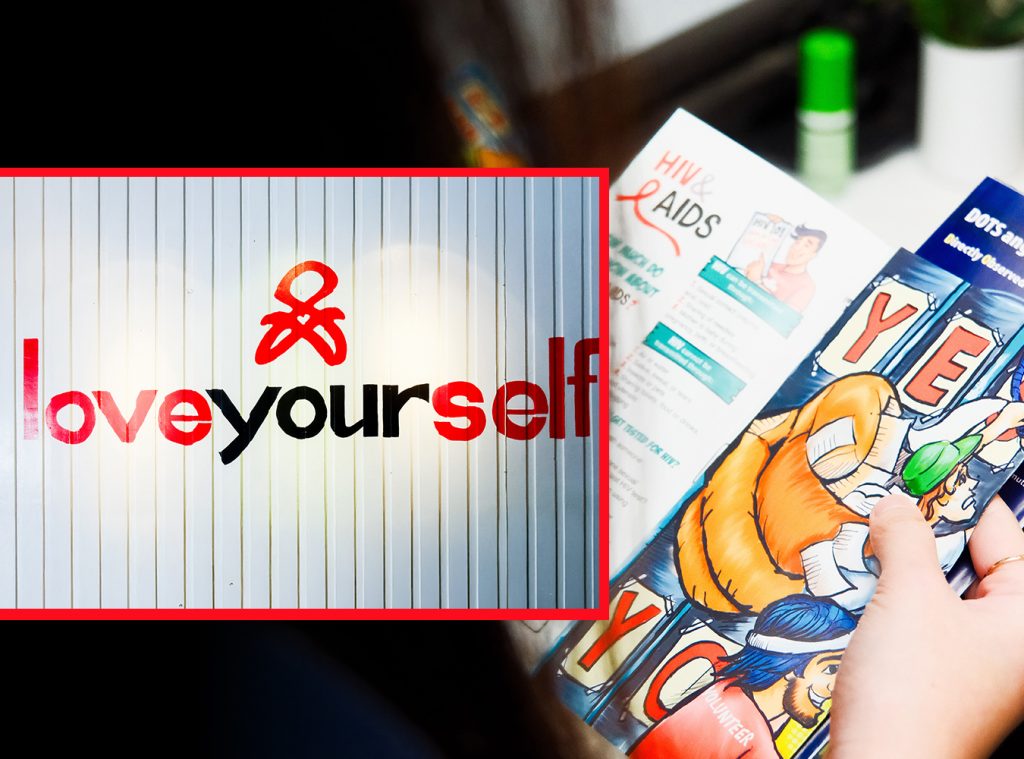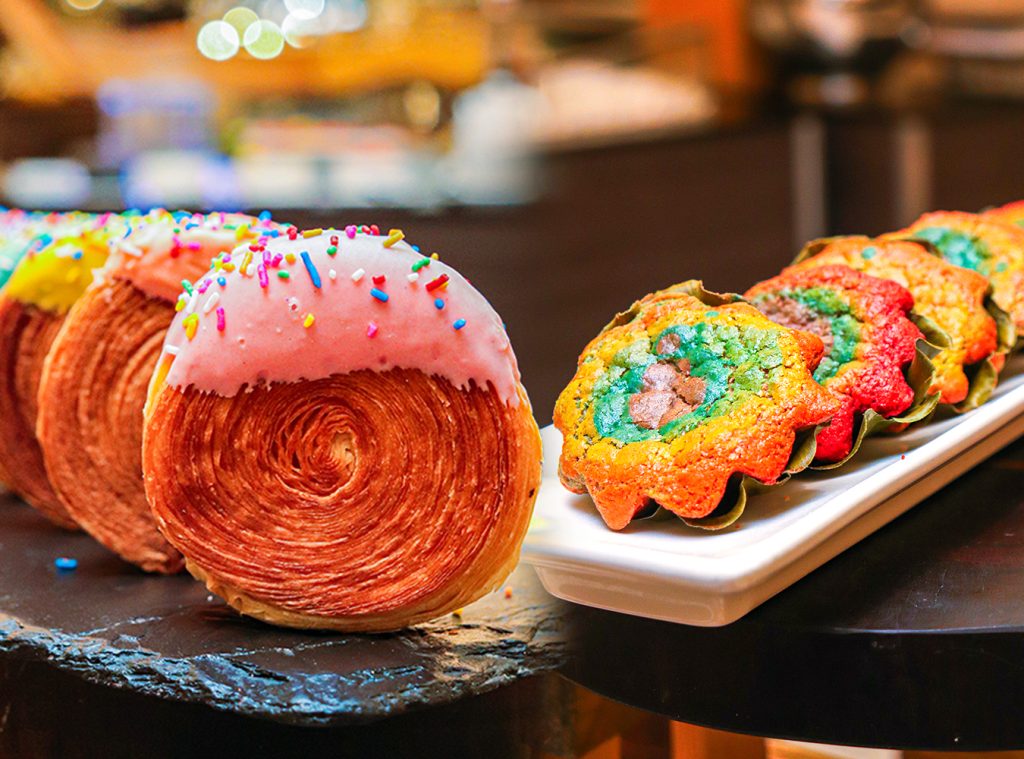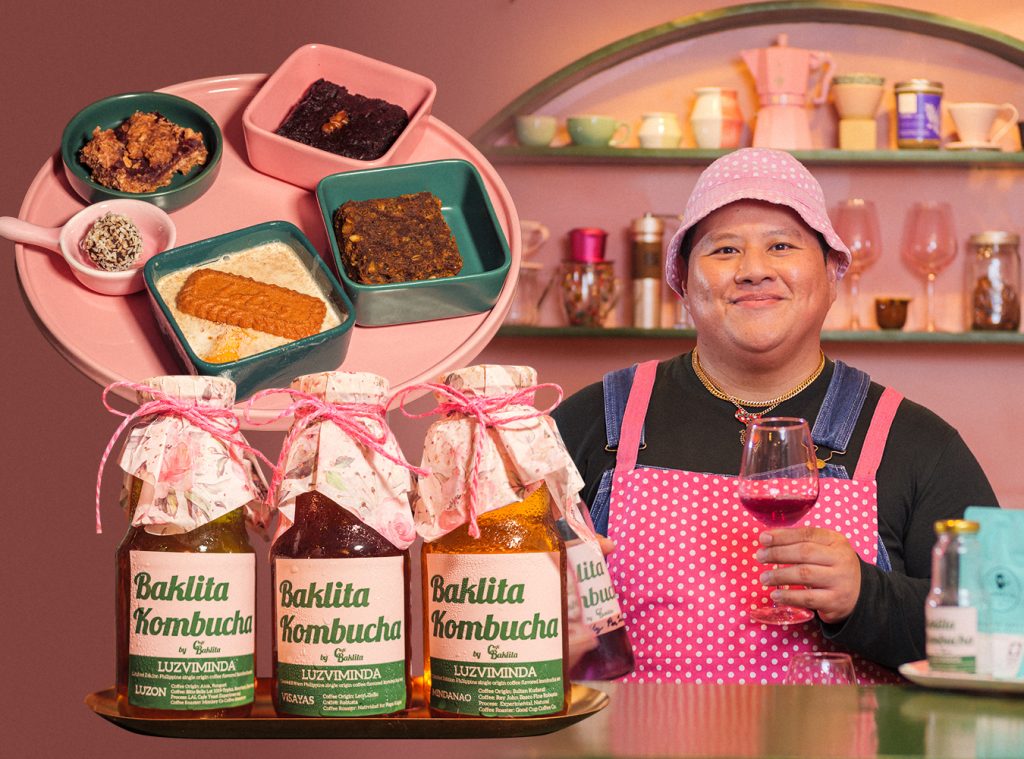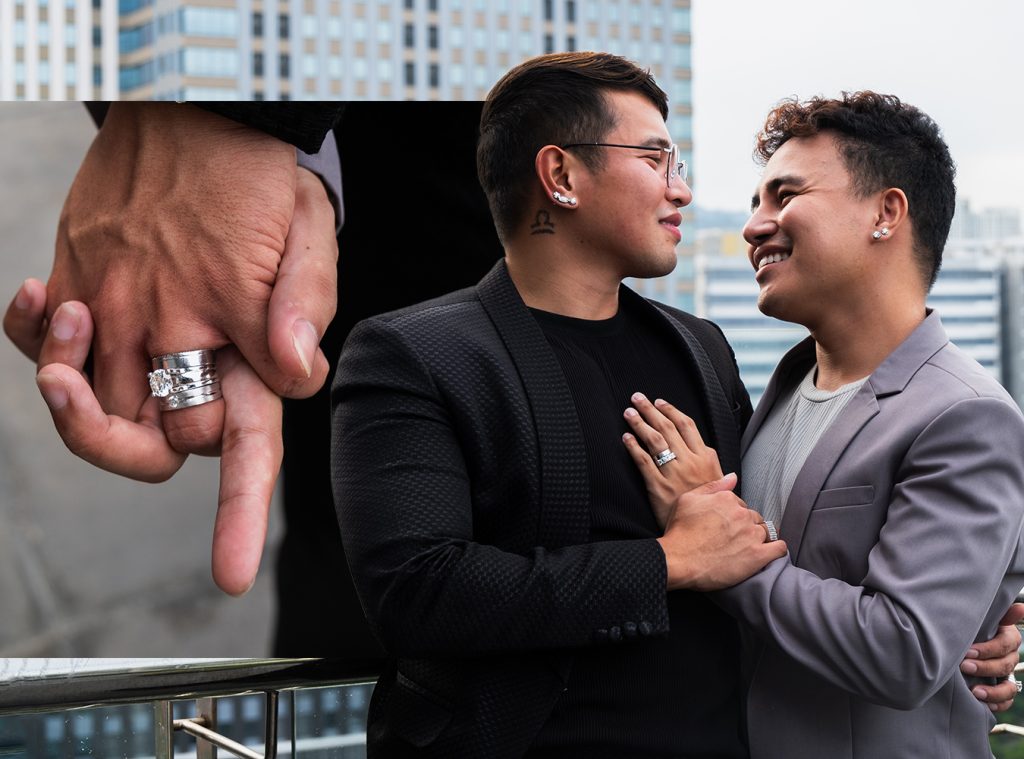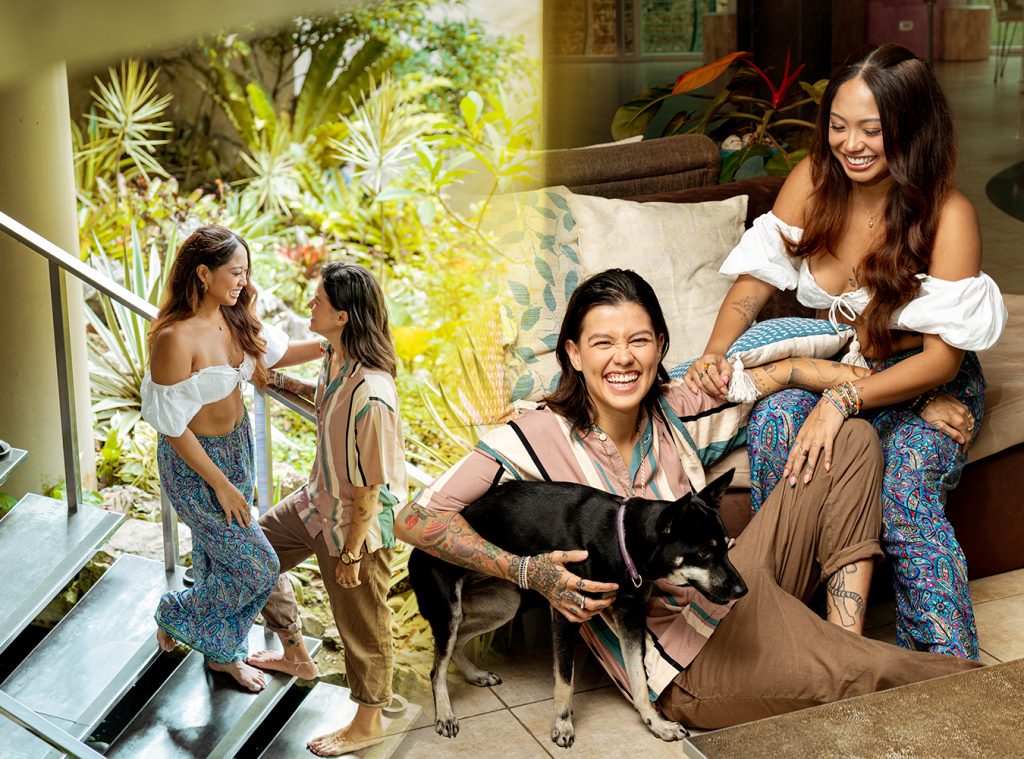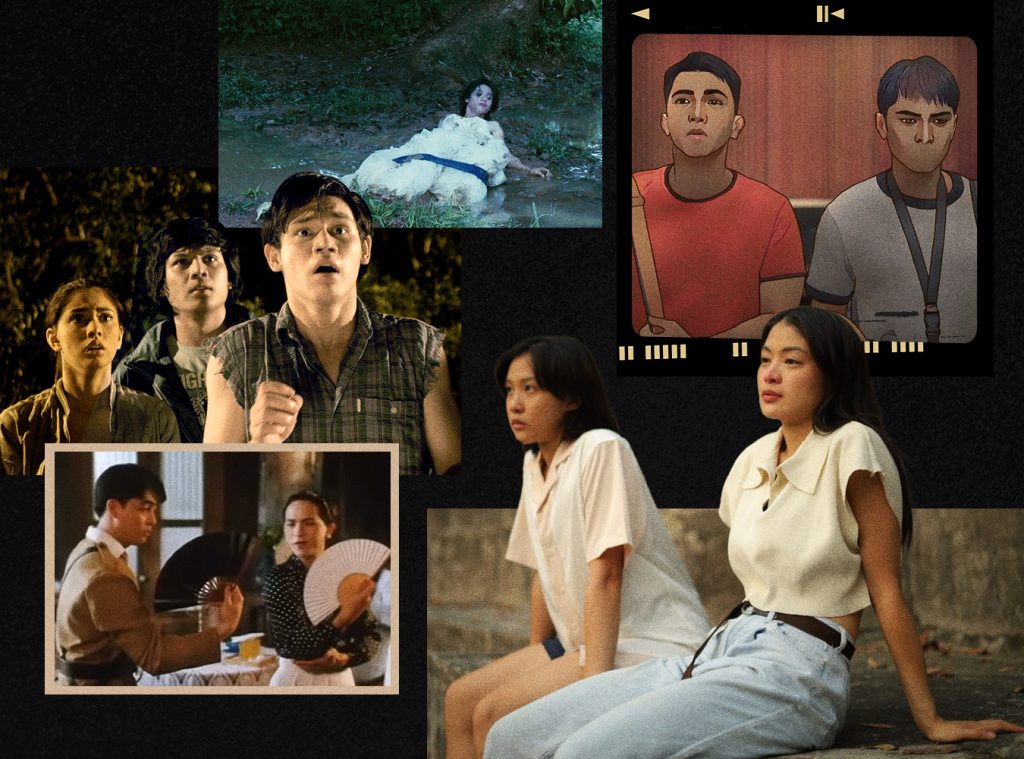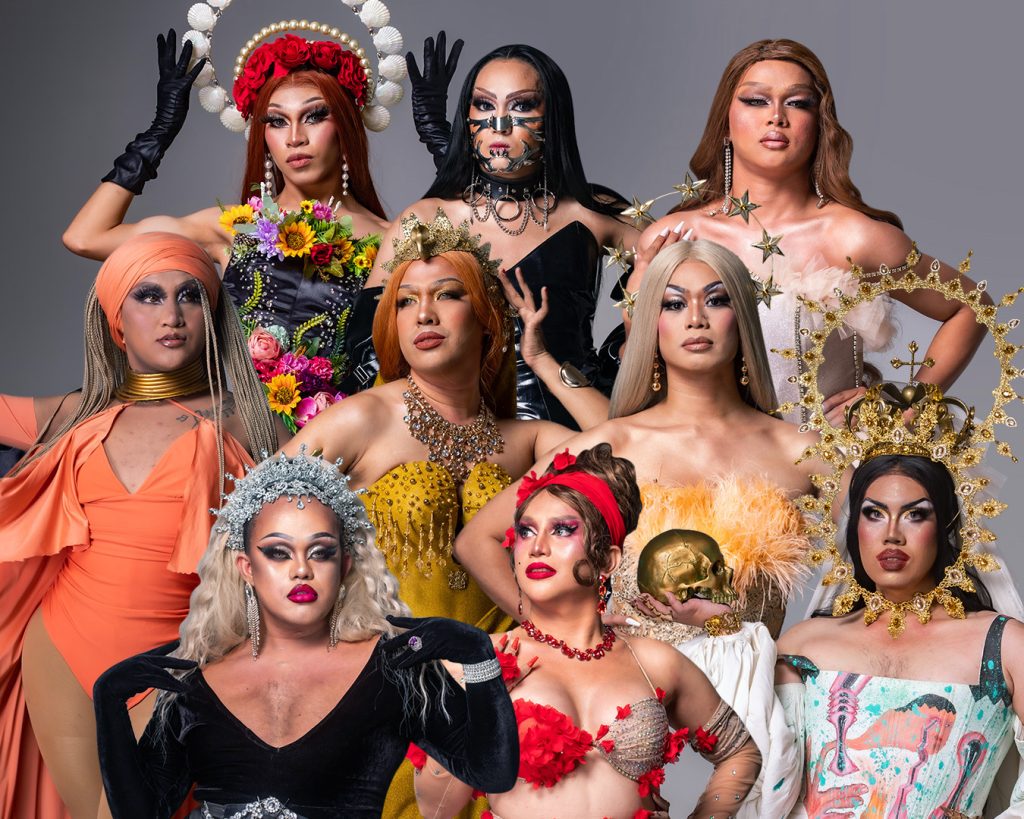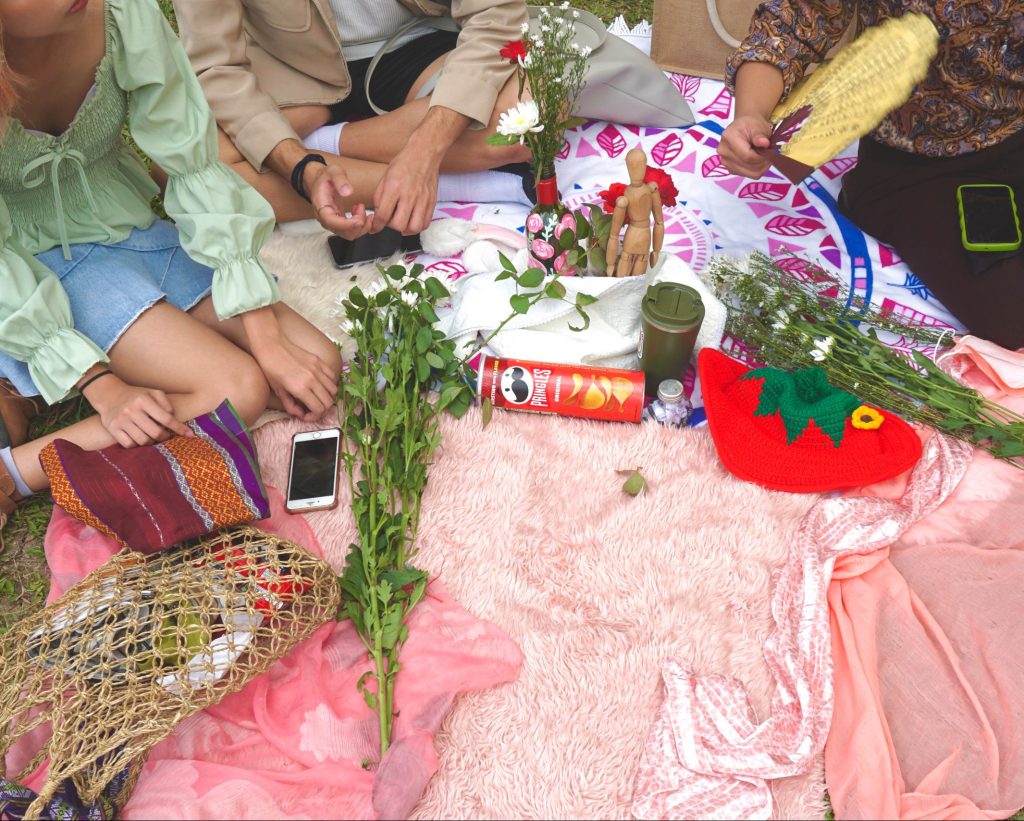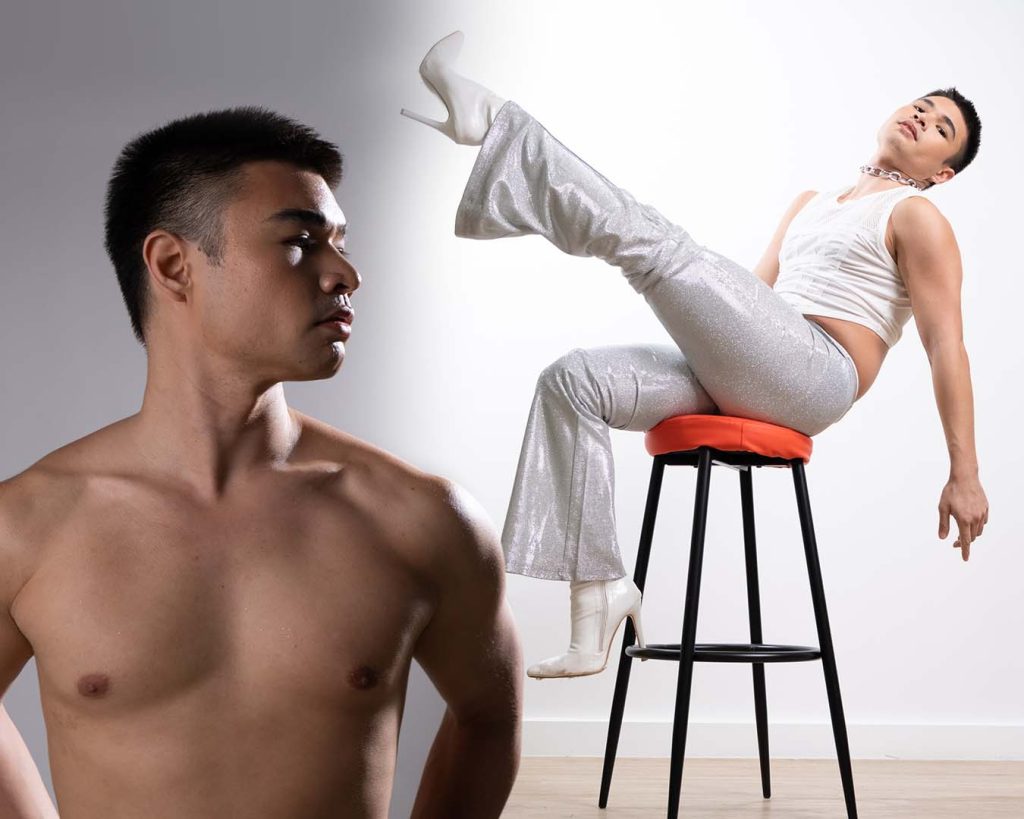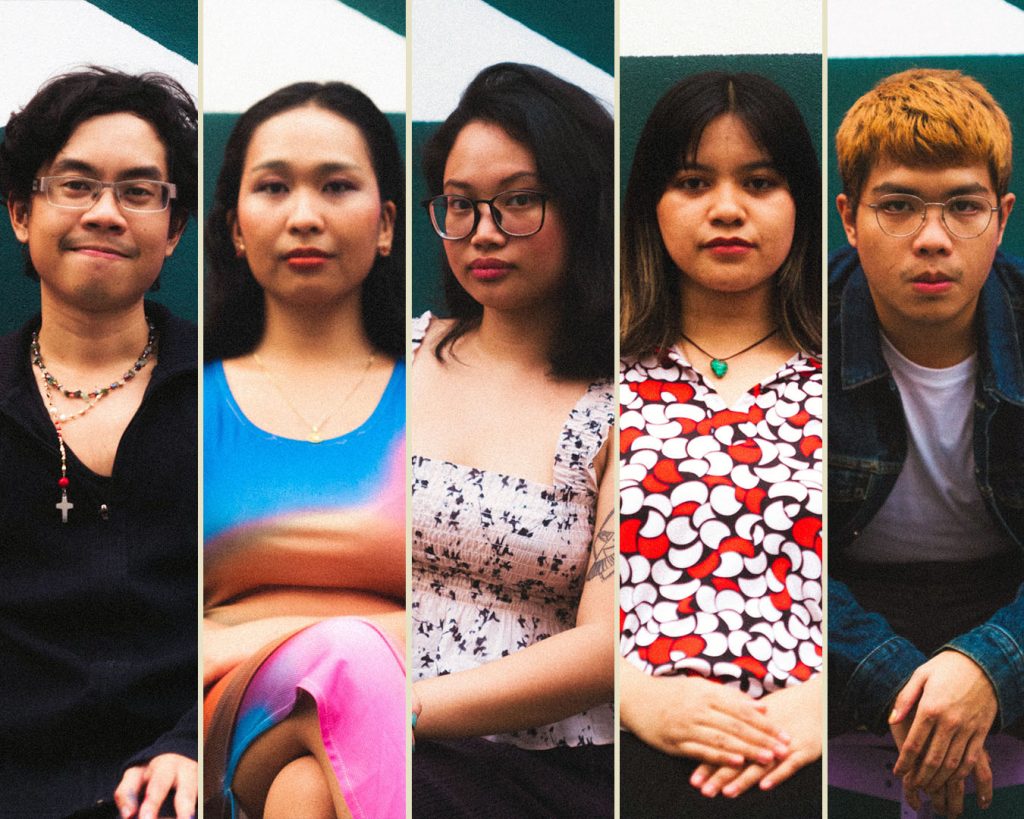In art therapy, I explored the symbol of the flower as a way to fuse certain aspects of my life. One aspect was the child, and the other, the girl. When I was a child, I was deprived of my femininity in fear of being shamed by my friends and my family. The school was the only place where I could truly be my authentic self and where I had my sense of independence and freedom, I was a very rambunctious kid.
I remember one time when I was cleaning our classroom and I wore the curtains as my “dress”. I played some music and walked like I was on a runway and wore some shades. My classmates cheered me on and then for a single moment everyone froze. My Nanay was outside the door looking at me with horror. She had never seen me in this state. I quickly took off the flamboyant outfit as I ran outside while she walked out.
Nanay only said one thing—”I don’t ever wanna see you like that again.”
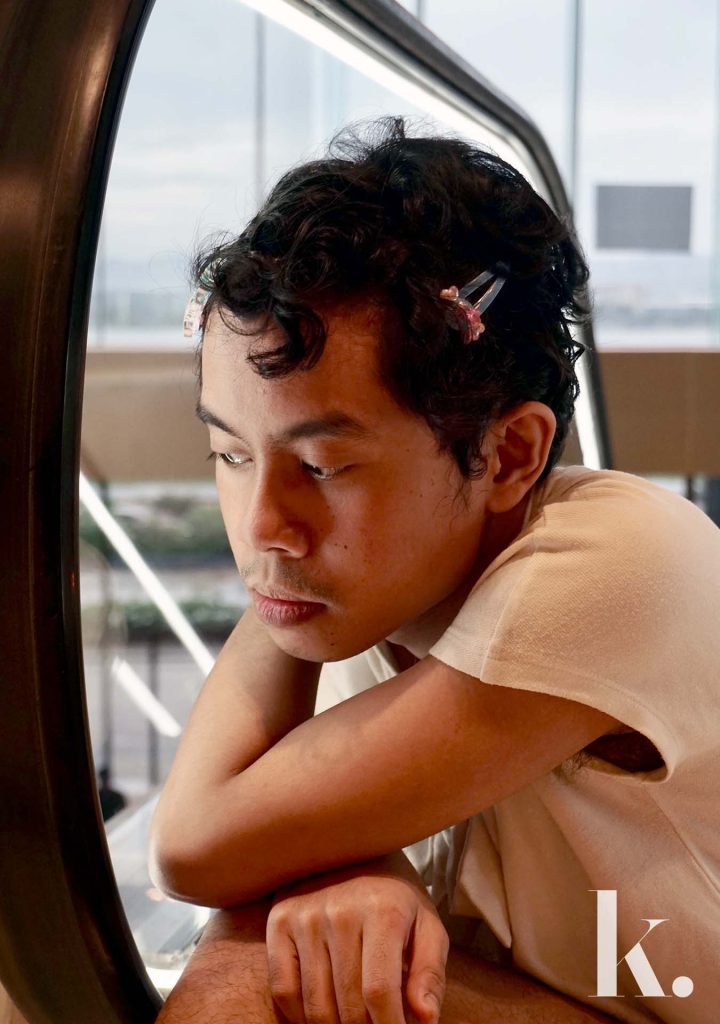
I grew up with hardworking, strong women in my family. My grandmother was a beautiful, strong woman. My tita would make her living by selling lumpia and homemade tocino to our neighbors. My Nanay’s morning routine would involve putting a wet cloth on her head to clean herself as she does her morning duties starting at 5 am.
My mother, who was widowed when she was only 30, worked very hard working in a motorcycle company in Cadiz City. She was also a caregiver and a cake shop assistant baker in Cyprus for 6 years. Sometimes it makes me sad that I never really had a male influence in my life except for my father. But that bridge had been broken when I was only 7 years old. That lacunae, the gap, had to be filled with my imaginings as a child.
In my grandmother’s room, I would try out her perfume and wear her heels in secret and dance in front of the mirror. I was my muse, performing for no one. I was fascinated by the strength of being feminine. The strangest thing is, I never discovered this personage of myself before my father’s death. I was very influenced by him, with his artistic grit and free spirit. But the impetus that occurred after his passing was a difficult but joyous reawakening.
“I was my muse, performing for no one. I was fascinated by the strength of being feminine.”
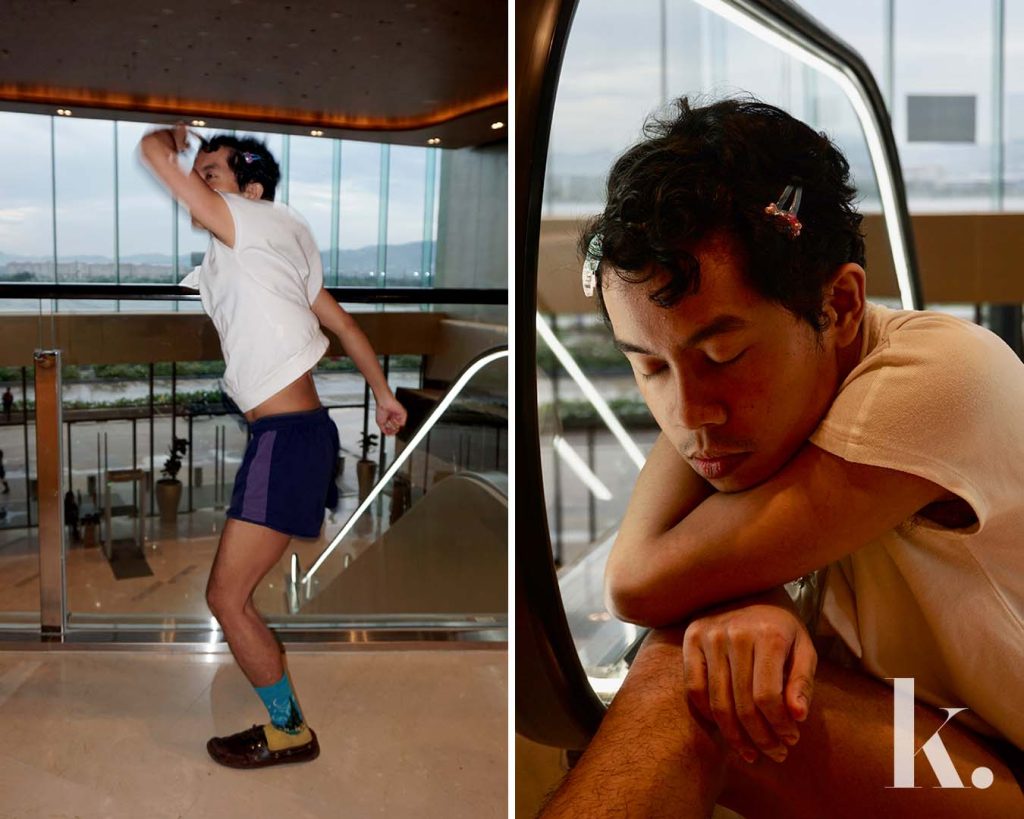
When I started living independently, my main goal was to focus on my work. I was intrigued by belladonnas even though they weren’t local flowers, for their deadly beauty, and started to make watercolors of them. There is something about the duality that seduces me: how love and hate can exist together or how desire and disgust can collude with one another.
I always say that we must never judge ourselves or hate ourselves for desiring something, because oftentimes we punish ourselves for wanting, for loving—I would like to be those poets like Rumi where they could be so free with love, with no guilt or pride. I also believe the symbiosis of male and female can exist together in an individual. Like the Roman god Janus Fleuri, who has two faces, one male and one female depicted as looking towards the future or back to the past.
History and art have shown us that we can go beyond gender, and how we can infinitely go beyond the constructs of what we know. I never felt like I belonged in one space. I realized in myself how we can flow like water, moving fluidly through the mud and rock of life.
I don’t believe art has a gender, but artists do, and I think we must address the weight of who we are as people in the work that we do, and see how it influences what we put out in the world. We must be curious about seeing the links in our past.
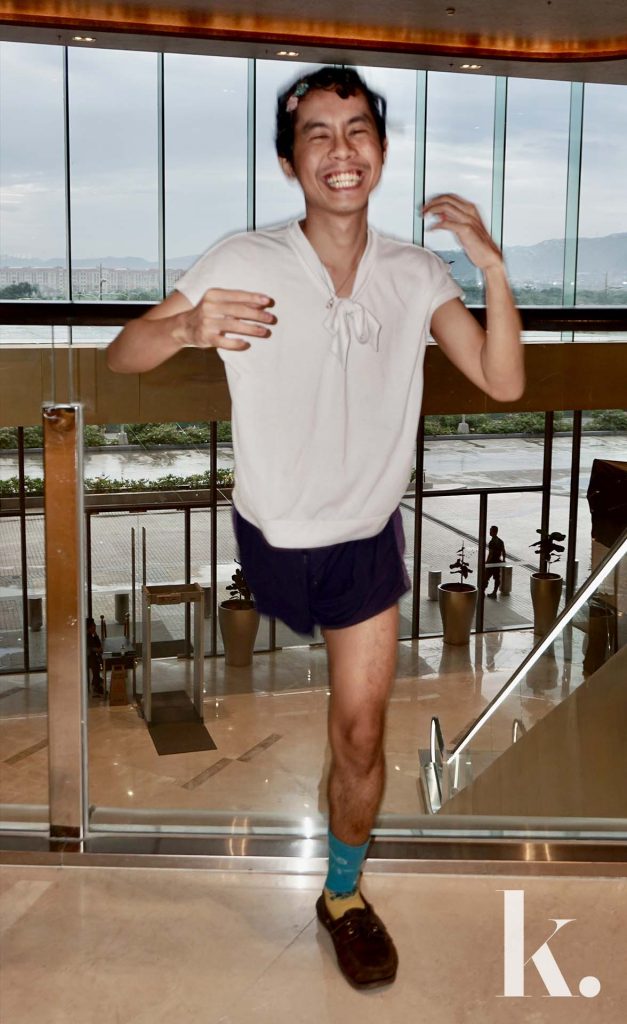
An interesting figure in Filipino precolonial history is the babaylan: a shamanic healer that could link both the material world and spiritual realm together. The babaylan is typically a woman, but it is known that they would allow men to tap into this feminine energy to enter the subterranean world of spirits.
“History and art have shown us that we can go beyond gender, and how we can infinitely go beyond the constructs of what we know.”
Language is another thing because we refer to each other here as sila/sa regardless of gender or group. I find these elements, language, history, and art to be a validating source of my identity. Because I had to do my soul searching for many years, throughout childhood and teenhood, and now adulthood, to figure out who I am.
The artist must unravel and understand themselves first for their work to have the power in touching the lives of others. The artist has to create work that inspires compassion.
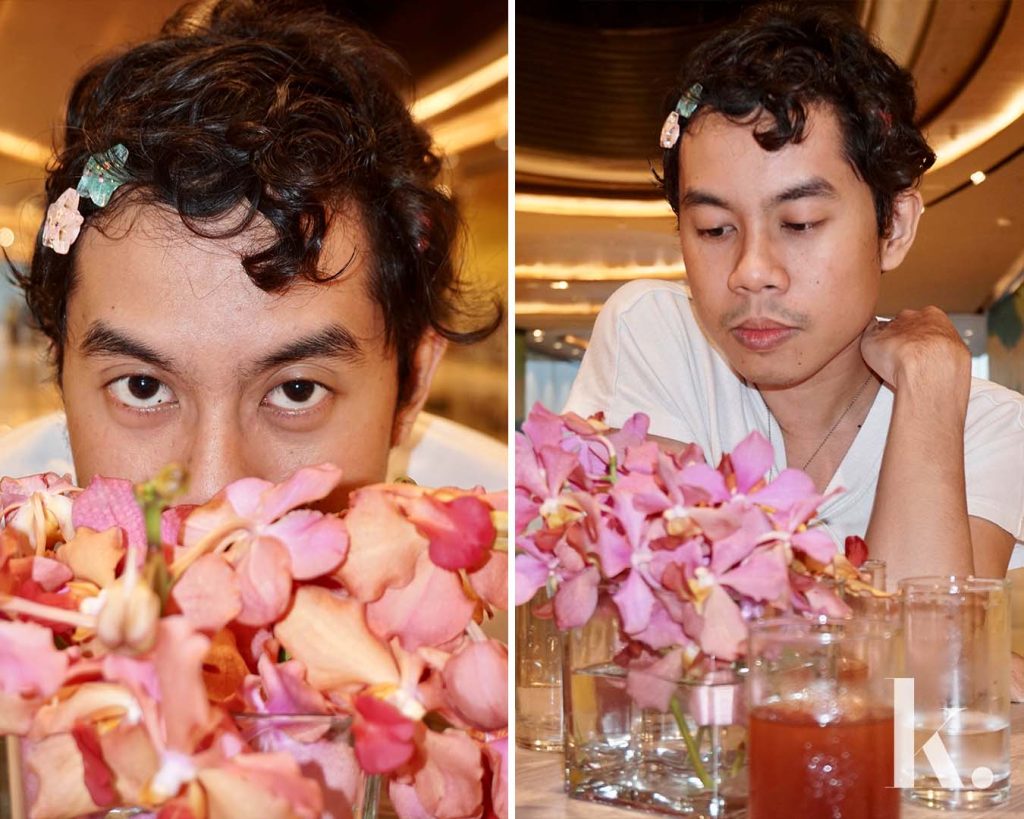
Our photographer Kara Salimbangon inspired me with her philosophy of “becoming”, which is a synthesis of going through life, never stopping, and allowing the journey to unfold. I think we have to become, adapt, and evolve. Rather than be transfixed in one place. We must go through life, let it run its course, and learn from our mistakes and transgressions along the way. We must find our courage, and I found my own through the submission of my soul through the creative impulse.
In my journey as an artist, a lot of crisis and confusion has occurred. I retreated into my work and became diligent in the process of digging, watering, planting, and uprooting my identity. We must constantly trim the leaves for new ones to grow, and inspect our roots for any signs of rot.
I reclaimed my father’s garden when I started living alone in our house in Cadiz. I loved to cook with herbs and vegetables, so I planted my own garlic, onions, chives, basil, lavender, and many more. The act of gardening was a very calm, methodical practice. I was excited to see fresh leaves grow and ecstatic to harvest my food for cooking. I wondered why the food that I grew tasted better than the ones I would get at the supermarket. But it might be because I nurtured them myself with love and hard work. I believe that we should also nurture the personal roots we have day by day because it is one of the few essential things that humanize us. When we do, we shine in full fecundity, a one-of-a-kind, blossoming flower in the dark.
Photography Kara Salimbangon


